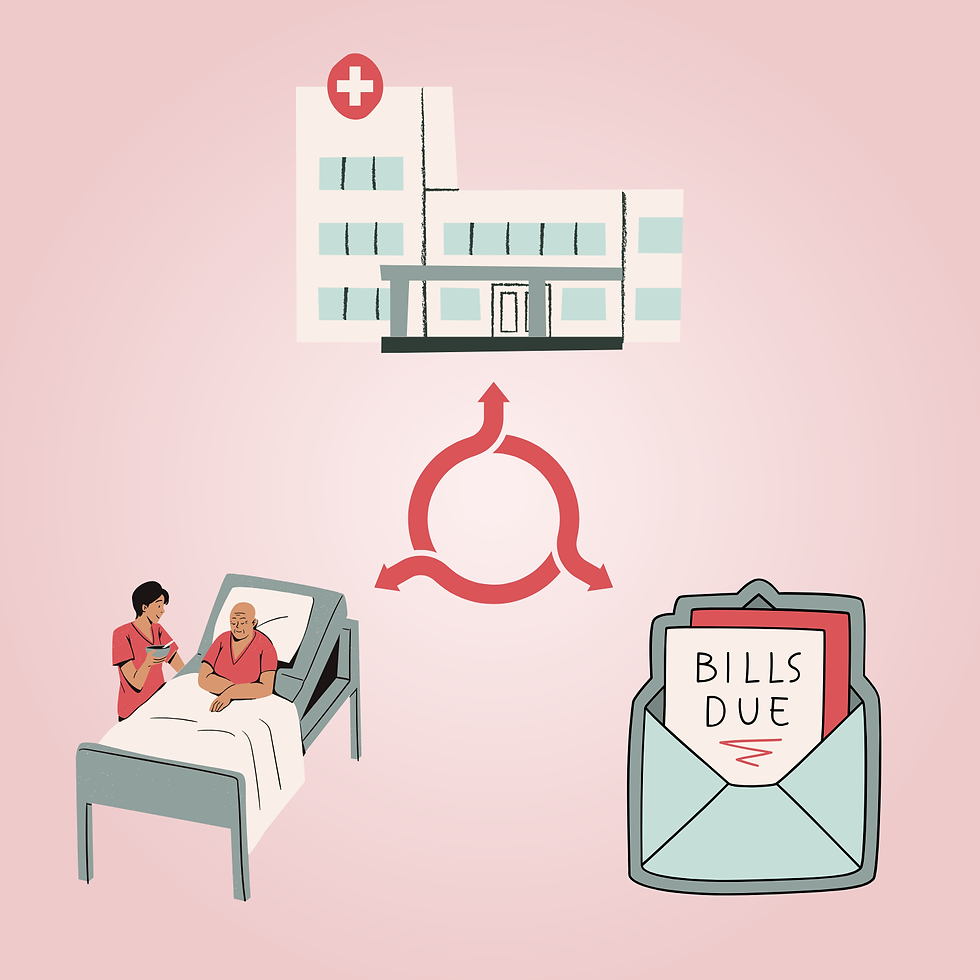Telemedicine: Enhancing, not replacing
- Anna Chen
- Oct 15, 2023
- 2 min read
Healthcare visits no longer have to be in person. In fact, with a good camera, reliable internet connection, and some sort of electronic device, patients can easily set up a telemedicine appointment. As the name suggests, telemedicine refers to “the provision of remote clinical services, via real-time two-way communication between the patient and the healthcare provider, using electronic audio and visual means” (1). This transformative healthcare approach, although in use before the COVID-19 pandemic, witnessed an extraordinary surge in adoption during this unprecedented time. One study that looked at five states (Arizona, California, Maine, Mississippi, and Missouri) reported that the number of telehealth services increased from 2.1 million in the year prior to 32.5 million in the period between March 2020 and February 2021 (2). Even after the pandemic, telemedicine continues to be a prominent and essential tool in healthcare: McKinsey & Company's insights indicate that the utilization of telehealth services has stabilized at levels 38 times higher than that seen before the pandemic (3).
Telemedicine offers a plethora of benefits for patients. The most obvious is that patients no longer have to make a physical visit to get medical treatment. This alleviates a huge burden for many, especially those in rural areas where medical professionals are not within a reasonable distance. Additionally, telemedicine reduces the wait times patients experience, providing greater convenience to patients who no longer have to sacrifice a large portion of their day sitting in the waiting room. Essentially, telemedicine offers a chance to break down the barriers many face when it comes to accessing healthcare.

However, there are drawbacks to the use of telemedicine. Namely, the quality of care is lower than that of an in-person visit. When diagnosing a patient, for example, a physician often “depresses the tongue and looks for pus on the tonsils to detect possible strep throat” and a surgeon may suspect appendicitis by “pushing on the belly to see if there’s pain with rapid release” (4). These methods of examination are no longer possible in telemedicine appointments. Additionally, telemedicine relies heavily on the patient’s description of their health concerns, which may be over or under-exaggerated. Physicians have to make their best judgment based on the limited amount of information they’re given. One study even found that telemedicine services were much more likely to prescribe antibiotics for children’s respiratory infections compared to in-person visits, which is contrary to prescribing guidelines used to prevent antibiotic resistance (5). This is in part due to the belief that the safer course for physicians is to overtreat, even though this may harm the patient in the long run.
We must be careful to ensure that telemedicine enhances rather than replaces in-person visits. It is a valuable and powerful tool in healthcare, but it still has its limits. If used appropriately, however, it can reduce the barriers to healthcare in widespread communities, taking our society one step closer to equitable and equal healthcare.
Edited By: Eric Wang
Graphic Designed by: Ting Ting Li
Sources:



Comments